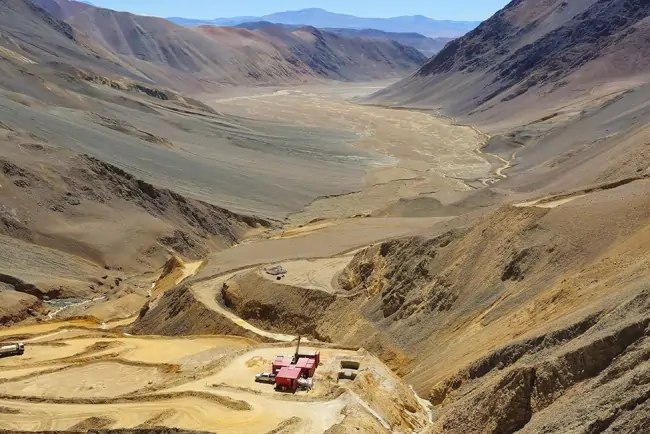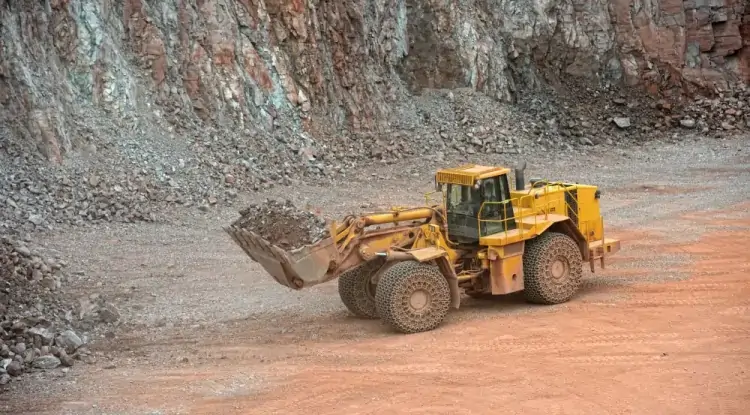Miners prefer Canada to overseas: KPMG
Canada’s increased government funding and protectionism are boosting outlooks compared with rising geopolitical risks in foreign countries, according to a new KPMG survey of industry executives.

Nearly 80% of mining executives are optimistic about the wider industry’s five-year growth prospects, up sharply from 62% in KPMG’s last global survey in 2022, the business consultancy said on Thursday. The risk of operating in foreign countries is increasing, 78% said.
“The picture is of a confident industry who are used to navigating the challenges,” Heather Cheeseman, KPMG’s Canada mining leader, said in the report. “Especially among critical minerals businesses, this confidence may have been boosted by the Canadian government’s increasingly protectionist stance in terms of foreign takeovers.”
Community relations, commodity prices, access to capital and the permitting process remain among the top concerns of executives, the consultancy found. During July and August, it surveyed 100 companies valued from C$100 million to more than C$10 billion. They included operators, exploration and development companies, mining service providers, and mine finance companies. Most were in Canada and more than half were in precious metals.
Geopolitics
“Geopolitical uncertainty has become more acute in recent times given various trade tensions, regional conflicts and a spate of political elections around the world, all of which have the potential to impact the value chain in various ways,” KPMG says.
“With commodity prices high, and demand for precious metals and critical minerals expected to increase, there are many reasons to be confident about the road ahead.”
The social licence to operate in a community is regarded as an important near-term and long-term risk to operations, according to the report.
“License to operate is key for the mining industry,” Kim Swanzey, national sustainable supply chain leader at KPMG, said in the report. “It weaves together so many elements that relate directly to public perceptions of mining – regulatory requirements, governmental relations, human rights and Indigenous communities.”
Rising risks include cyber attacks, and regulatory reporting when environmental, social and governance (ESG) standards aren’t uniform across the industry, respondents said. ESG initiatives are mainly driven by compliance or contractual obligations as opposed to meeting the core expectation of stakeholders and building trust, 61% said. Only 53% said their company has a well-defined ESG strategy with enough resources.
Permits process
Also, 90% said the industry and governments must work more closely to align and streamline permitting processes. And Katherine Wetmore, a partner and GTA mining leader for KPMG, said the government’s protectionist stance on foreign takeovers garners a mixed reaction.
Some in the industry have said it cuts off Chinese investment for junior mining companies when they find it hard to raise funds on stock markets. Others say it strengthens Canada’s security by increasing its ability to meet rising demand for metals.
The difficulty in gaining access to capital can be pinned to increasing stakeholder expectations to spend money on ESG and low carbon solutions, declining ore grades, growing community expectations, and stricter regulations, KPMG said.
Nearly half (46%) of mining leaders said mergers and acquisitions are critical for their growth, although they are increasingly looking to establish strategic alliances, joint ventures, and partnerships to tap new technologies, innovations and experts.
“The industry’s focus on securing resources for technology and renewable energy is anticipated to drive continued M&A activity in the near future,” Wetmore said. “In fact, copper and lithium accounted for over 70% of critical mineral deals by volume last year.”














